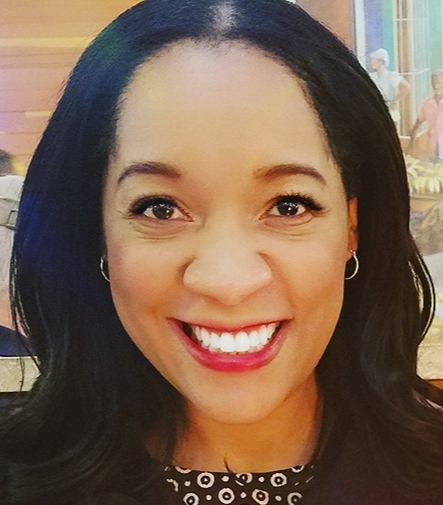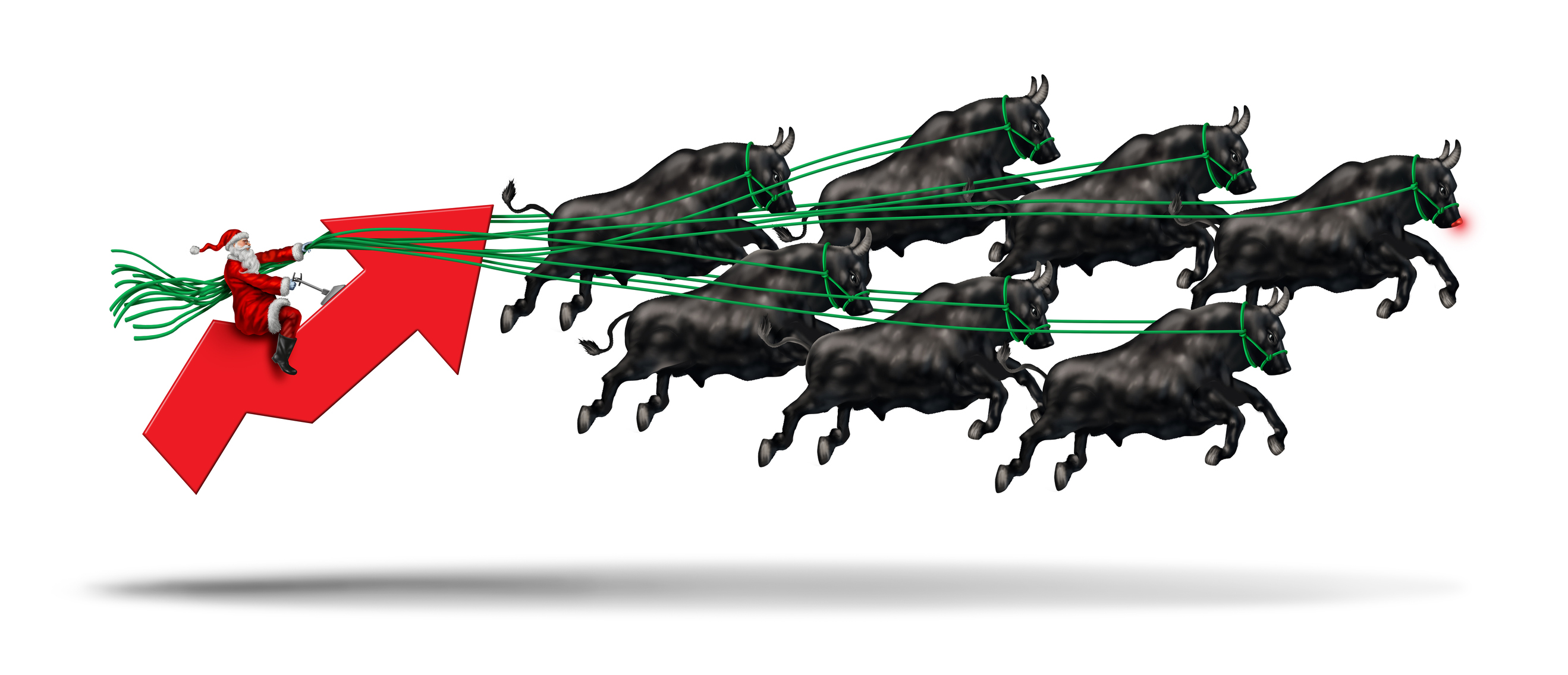Final EV Tax Credit Rules Don’t Change Much for Consumers
Treasury and IRS have finalized regulations for the up to $7,500 electric vehicle tax credit.


The U.S. Department of the Treasury and the IRS unveiled the final rules for the federal electric vehicle tax credit, a key step in the Biden administration’s plan to accelerate the adoption of electric vehicles (EVs). The regulations, released May 3, are seen by some as a balance between incentivizing EV adoption and safeguarding against perceived threats from Chinese imports.
Treasury Secretary Janet Yellen highlighted the administration's commitment to fostering domestic manufacturing and energy security in a statement regarding the final rules. Since President Biden's election, over $173 billion in private-sector investment has been announced across the U.S. clean vehicle and battery supply chain. Yellen says this reflects the positive impact of the Inflation Reduction Act (IRA), massive climate and energy legislation passed a couple of years ago.
“The Inflation Reduction Act’s clean vehicle credits save consumers up to $7,500 on a new vehicle, and hundreds of dollars per year on gas, while creating good-paying jobs and strengthening our energy security,” Yellen noted in a release.
From just $107.88 $24.99 for Kiplinger Personal Finance
Become a smarter, better informed investor. Subscribe from just $107.88 $24.99, plus get up to 4 Special Issues

Sign up for Kiplinger’s Free Newsletters
Profit and prosper with the best of expert advice on investing, taxes, retirement, personal finance and more - straight to your e-mail.
Profit and prosper with the best of expert advice - straight to your e-mail.
Related: How the EV Tax Credit Works
Final EV tax credit regs
The final federal EV tax credit rules maintain strict requirements, meaning only about 20% of electric models qualify for the federal EV tax credit.
- Vehicles with a majority of their battery minerals sourced from abroad or linked to the Chinese government remain ineligible.
- This provision is designed to address concerns about dependency on foreign supply chains.
The Biden administration argues that efforts to regulate foreign suppliers have been successful, yielding investments in U.S. manufacturing. However, critics, including Sen. Joe Manchin (D-W.Va.), have voiced concerns about perceived loopholes that could benefit China. Manchin, who will not seek reelection in 2024, labeled the final regulations as "outrageous and illegal," accusing the administration of effectively endorsing "Made in China."
Other lawmakers have similar criticisms. Last week, Sen. Kevin Cramer (R-N.D.) and Sen. John Barrasso (R-Wyo.) co-sponsored proposed legislation to repeal tax credit for purchases of new, used, and commercial EVs. Their bill also proposes eliminating the federal EV charger tax credit and the so-called EV lease “loophole.”
Meanwhile, some automakers welcome the flexibility provided by the rules, including a grace period for sourcing graphite from China, a critical mineral in EV batteries. The two-year temporary exemption is seen as a gradual transition towards domestic sourcing.
What the EV rules mean for consumers
The final rules generally don't depart from the proposed regulations released last year. So, many electric vehicle consumers are already familiar with the small number of vehicles that qualify for a full or partial federal tax credit. As Kiplinger has reported, several stricter requirements kicked in as of Jan. 1, 2024, along with a new option for buyers to take the federal EV credit at the point of sale.
Since the point-of-sale tax credit option became available, demand has been high. According to the Treasury Department, more than 100,000 eligible buyers (about 90%) have claimed the credit on new electric vehicles at registered dealerships. About 75% of buyers purchasing used EVs have opted for the up to $4,000 credit at the time of purchase.
However, the final regulations come at a time when sales of EVs are slowing. Data show that the EV share of total new vehicles sold in 2024 is 7.3%, a decrease from last year. Tesla sales have also declined this year, reportedly down more than 13% compared to the first quarter of last year.
Related
Profit and prosper with the best of Kiplinger's advice on investing, taxes, retirement, personal finance and much more. Delivered daily. Enter your email in the box and click Sign Me Up.

Kelley R. Taylor is the senior tax editor at Kiplinger.com, where she breaks down federal and state tax rules and news to help readers navigate their finances with confidence. A corporate attorney and business journalist with more than 20 years of experience, Kelley has covered issues ranging from partnerships, carried interest, compensation and benefits, and tax‑exempt organizations to RMDs, capital gains taxes, and income tax brackets. Her award‑winning work has been featured in numerous national and specialty publications.
-
 The Santa Claus Rally Officially Begins: Stock Market Today
The Santa Claus Rally Officially Begins: Stock Market TodayThe Santa Claus Rally is officially on as of Wednesday's closing bell, and initial returns are positive.
-
 How to Leave Different Amounts to Adult Children Without Causing a Rift
How to Leave Different Amounts to Adult Children Without Causing a RiftHere’s how to leave different amounts to adult children without causing a family rift.
-
 My Retirement Learning Curve, 1 Year In
My Retirement Learning Curve, 1 Year InA retiree checks in with what they wish they knew early on and what they've changed about their plan one year in.
-
 Retirees in These 7 States Could Pay Less Property Taxes Next Year
Retirees in These 7 States Could Pay Less Property Taxes Next YearState Taxes Retirement property tax bills could be up to 65% cheaper for some older adults in 2026. Do you qualify?
-
 Estate Tax Quiz: Can You Pass the Test on the 40% Federal Rate?
Estate Tax Quiz: Can You Pass the Test on the 40% Federal Rate?Quiz How well do you know the new 2026 IRS rules for wealth transfer and the specific tax brackets that affect your heirs? Let's find out!
-
 5 Types of Gifts the IRS Won’t Tax: Even If They’re Big
5 Types of Gifts the IRS Won’t Tax: Even If They’re BigGift Tax Several categories of gifts don’t count toward annual gift tax limits. Here's what you need to know.
-
 The 'Scrooge' Strategy: How to Turn Your Old Junk Into a Tax Deduction
The 'Scrooge' Strategy: How to Turn Your Old Junk Into a Tax DeductionTax Deductions We break down the IRS rules for non-cash charitable contributions. Plus, here's a handy checklist before you donate to charity this year.
-
 Tax Refund Alert: House GOP Predicts 'Average' $1,000 Payouts in 2026
Tax Refund Alert: House GOP Predicts 'Average' $1,000 Payouts in 2026Tax Refunds Here's how the IRS tax refund outlook for 2026 is changing and what steps you can take now to prepare.
-
 New IRS Changes to FSA Contribution Limits for 2026: What to Know
New IRS Changes to FSA Contribution Limits for 2026: What to KnowHealth Care Flexible Spending Accounts have tax advantages worth looking into, especially in light of new IRS changes.
-
 Is a New $25,000 Health Care Tax Deduction Coming in 2026?
Is a New $25,000 Health Care Tax Deduction Coming in 2026?Tax Policy A proposal from GOP Sen. Josh Hawley adds to the chatter about health care affordability.
-
 3 Ways High-Income Earners Can Maximize Their Charitable Donations in 2025
3 Ways High-Income Earners Can Maximize Their Charitable Donations in 2025Tax Deductions New charitable giving tax rules will soon lower your deduction for donations to charity — here’s what you should do now.